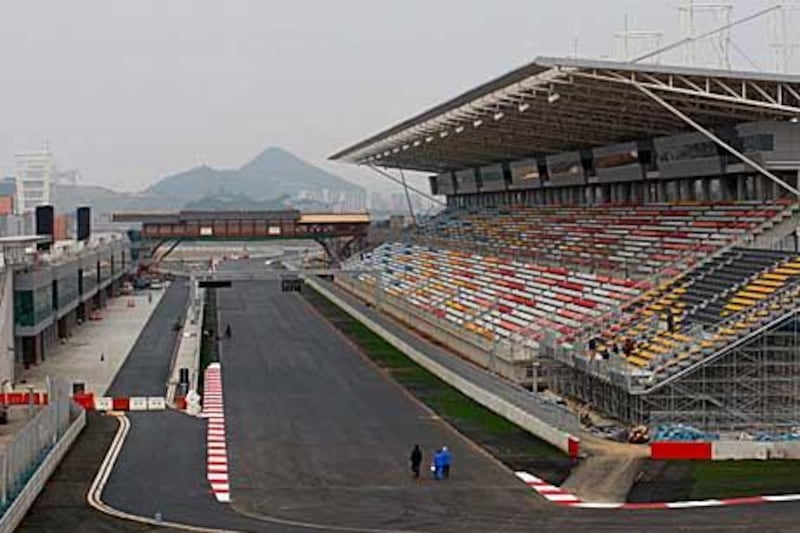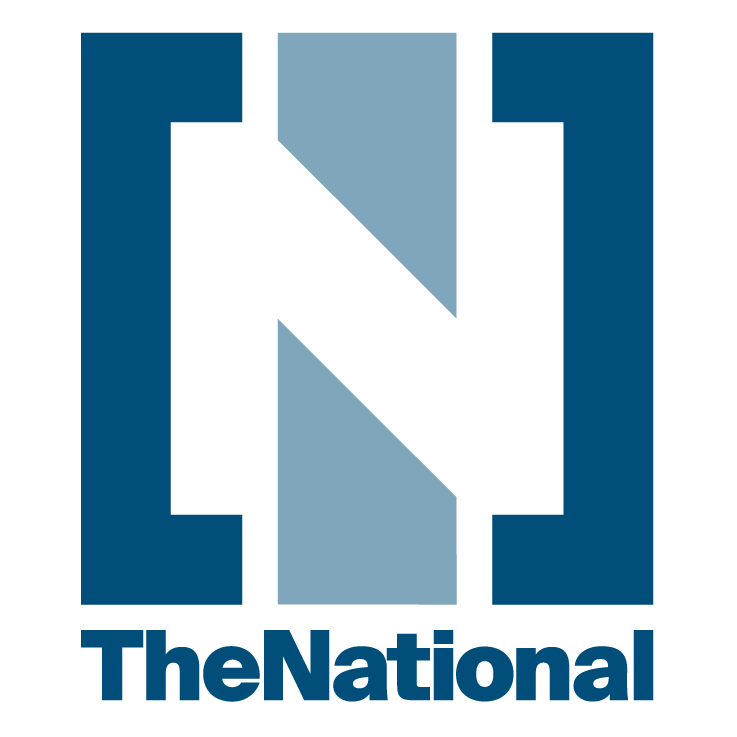After months of speculation about whether it would be finished in time to stage its first Formula One race, the Korea International Circuit was licensed for use earlier this week - just 10 days before the cars are due to run to compete.
Confirmation the Korean Grand Prix will take place is a boost to the drivers' championship above all and particularly Sebastian Vettel and Fernando Alonso.
The Red Bull-Renault driver and his Ferrari rival still have three races to haul back the 14 points by which they trail Vettel's teammate Mark Webber, the championship leader.
If the race in South Korea had been cancelled, then Vettel and Alonso would have needed to win in Brazil and Abu Dhabi to guarantee being champion.
Possible but not much room for manoeuvre.
Now we have a scenario with five drivers still in contention, including the two McLaren-Mercedes of Lewis Hamilton and Jenson Button.
Webber, Alonso and Vettel all hold their destiny in their own hands and can win regardless of what their rivals do.
With Vettel and Alonso both having beaten Webber at the last three races the momentum is with them and the chances are strong that the championship will still be on the line come November 14 and Yas Marina.
Tradition dictates that new venues should be certificated three months prior to their maiden event, but Korea's very presence on the F1 schedule highlights the sport's changing customs.
When the world championship was first introduced, 60 years ago, the calendar reflected the planet's relative insularity: there were just six races in Europe, but America's showpiece race - the Indianapolis 500 - also counted for points, even though it was contested by a different set of drivers in cars that bore only a passing resemblance to their F1 counterparts.
The list of events grew steadily - Argentina became the first South American host, in 1953 - but the calendar remained a thing of great whimsy.
In 1962, for instance, the eighth of nine races took place at Watkins Glen, North America, on October 7, but the title was not decided until the South African finale on December 29.
It was only during the early 1980s, as ringmaster Bernie Ecclestone's influence began to take hold, that F1's rambling calendar assumed a tighter, more regimented form.
The sport's footprint, though, remained larzgely static, with one race in South Africa, a couple apiece in North and South America and the balance in western Europe, although Australia was introduced in 1985 and Japan, briefly present during the 1970s, returned two years later.
In-between, Hungary broke fresh ground as the first host behind the former Iron Curtain. There were subtle shifts thereafter, but no new countries were added until Malaysia staged its first grand prix in 1999.
In contrast, Korea will be the sixth new country to join the roster since 2004, following Bahrain, China, Turkey, Singapore and Abu Dhabi, and India has been added to the 2011 schedule - the most concentrated in the sport's history, with 20 races.
The United States, absent since 2007, should be restored in 2012 and it was confirmed yesterday that there will be a Russian Grand Prix from 2014 in Sochi, after a five-year deal was agreed with Bernie Ecclestone, the F1 chief.
There has been a sea of change in the sport's traditional European heartland, too, with the arrival of new venues - such as the Valencia street circuit - and the disappearance of others.
The French, who invented motor racing in 1894 and retain the sport's seat of governance, no longer have a race at all - perhaps the most symbolic reflection of F1's fluid landscape.





